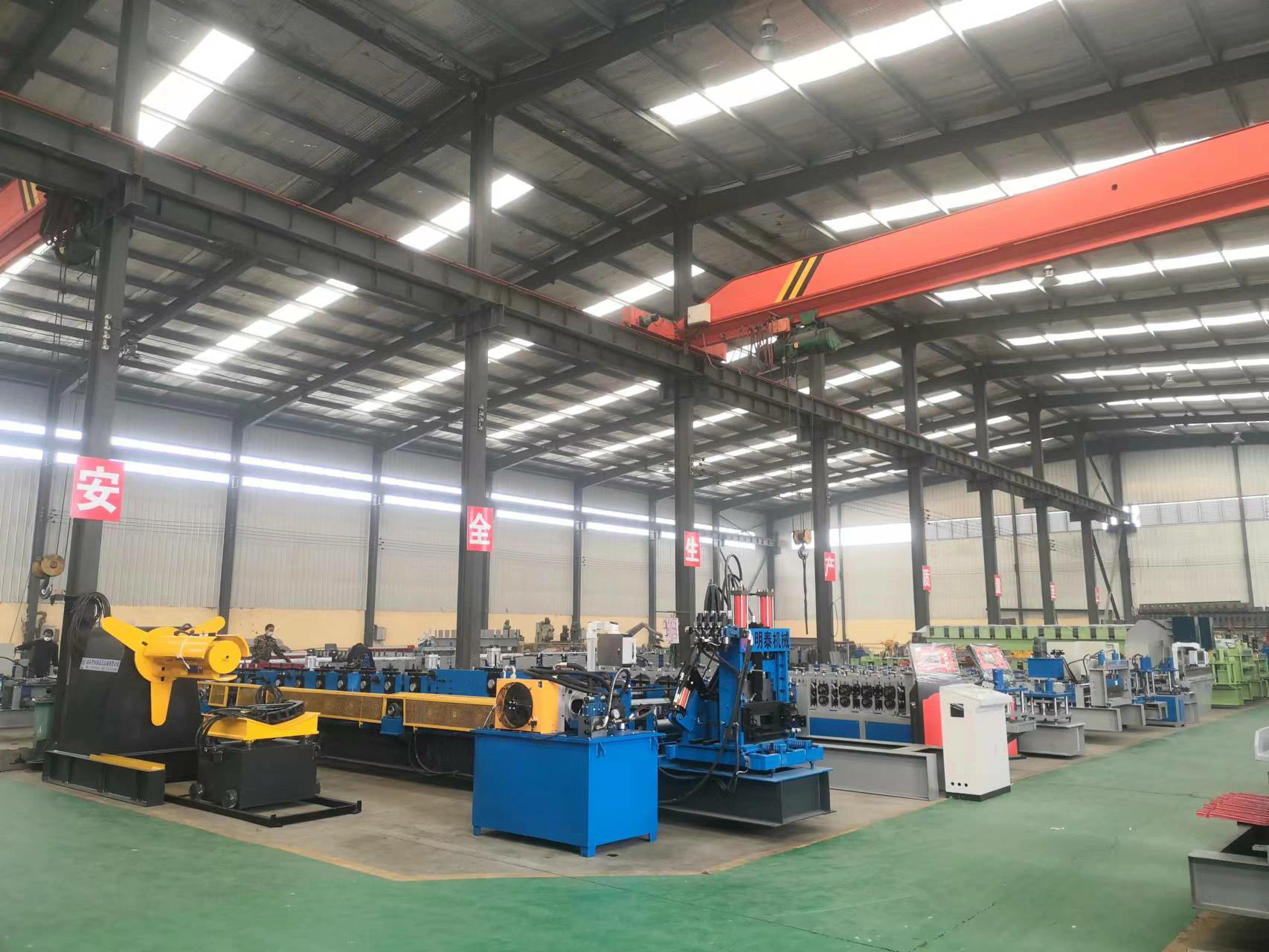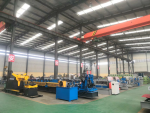Flat rack containers are an essential component of global shipping, enabling the transportation of oversized or bulky cargo. These specialized containers have played a crucial role in facilitating international trade by providing a versatile and secure means of transporting goods. In this article, we will explore the various applications and advantages of flat rack containers in global shipping.
Applications of Flat Rack Containers:
1. Heavy Machinery and Equipment:

Flat rack containers are widely used for transporting heavy machinery and equipment across borders. Their open design with collapsible sides allows for easy loading and unloading of oversized cargo. Construction equipment, such as cranes and bulldozers, can be securely fastened onto flat racks, ensuring safe and efficient transportation.
2. Industrial Components:
Flat rack containers are often utilized for shipping large industrial components, such as pipes, tanks, and generators. These components may not fit within standard containers due to their size or shape. Flat racks provide a flexible solution by offering a platform on which these components can be securely mounted and transported.
3. Vehicles:
Automobiles, trucks, and other vehicles that cannot be disassembled easily can also be transported using flat rack containers. The containers’ open sides allow for the secure fastening of vehicles to prevent damage during transit. This application is particularly beneficial for shipping automotive products across continents.
Advantages of Flat Rack Containers:
1. Flexibility:
One of the key advantages of flat rack containers is their flexibility. Unlike other container types, flat racks do not have fixed walls or a roof, allowing for easy loading and unloading of cargo from any side. This flexibility enables efficient utilization of space and enables the transportation of irregularly shaped or oversized cargo.
2. Safety and Security:
Flat rack containers are designed to provide maximum safety and security for the cargo they transport. They are constructed with durable materials and reinforced corners to withstand the rigors of transportation. Additionally, flat racks are equipped with securing mechanisms, such as lashing rings and chains, to hold the cargo in place and prevent shifting or damage during transit.
3. Cost-Effectiveness:
Flat rack containers offer cost-effective transportation solutions for oversized cargo. By eliminating the need for specialized handling equipment or dismantling of cargo, flat racks reduce both labor and handling costs. Moreover, their versatility allows for efficient utilization of shipping space, reducing overall transportation costs.
4. Intermodal Compatibility:
Flat rack containers are compatible with various modes of transportation, including ships, trains, and trucks. This intermodal compatibility ensures seamless transfer of https://cnmtrollformingmachinery.com/vi/sea_containers_equipment/ roofing sheet production machine cargo between different transportation networks, minimizing time and logistical challenges. Flat racks can be easily loaded onto trucks or railcars and efficiently transferred to ports for onward shipment.
Flat rack containers have become an indispensable tool in global shipping, enabling the transportation of oversized and irregularly shaped cargo. With their flexibility, safety features, cost-effectiveness, and intermodal compatibility, flat racks have revolutionized the logistics industry. As international trade continues to grow, the demand for flat rack containers will undoubtedly increase, further solidifying their importance in the global shipping landscape.
https://devicesplayer.com/
